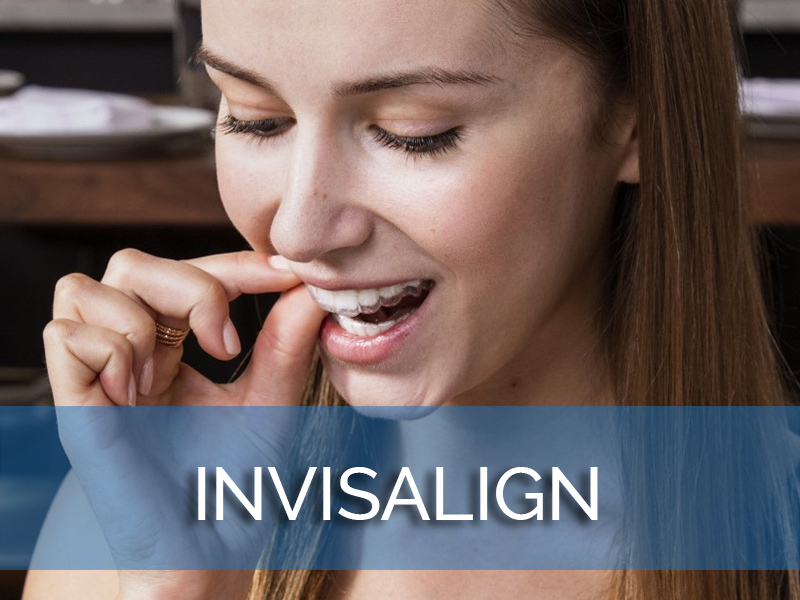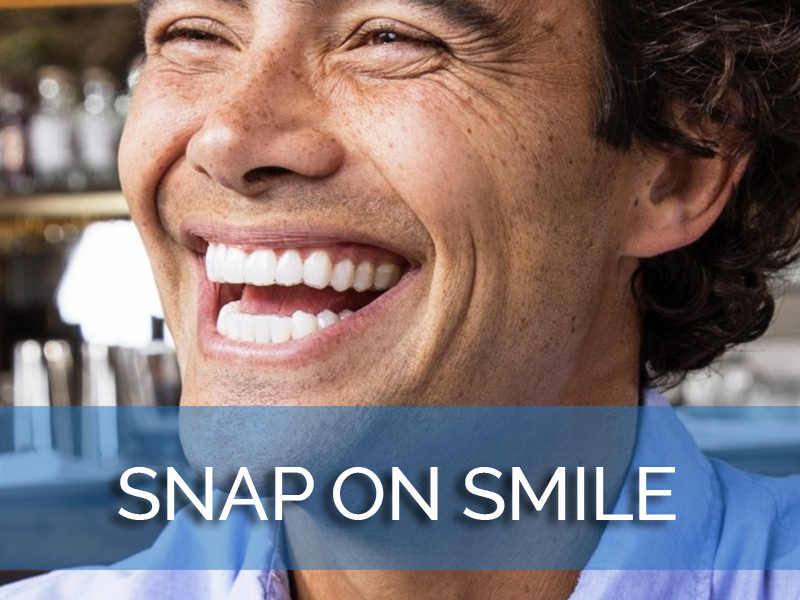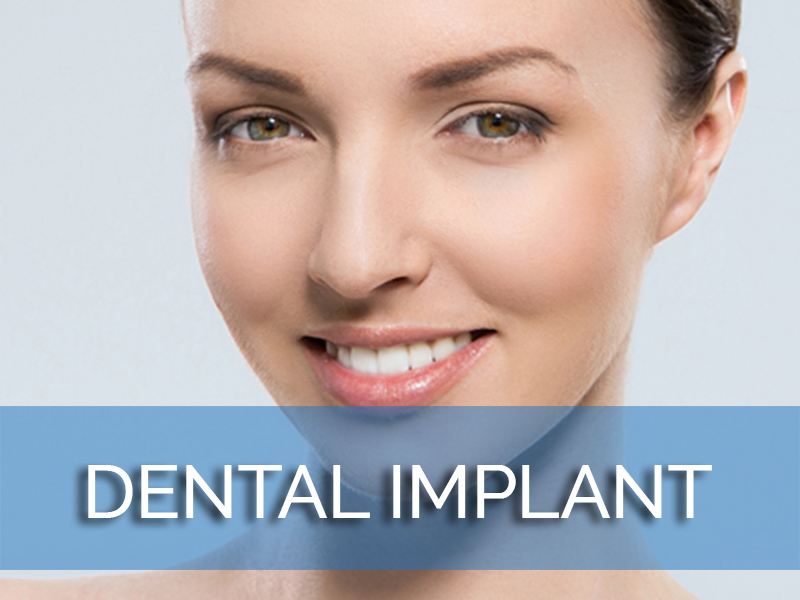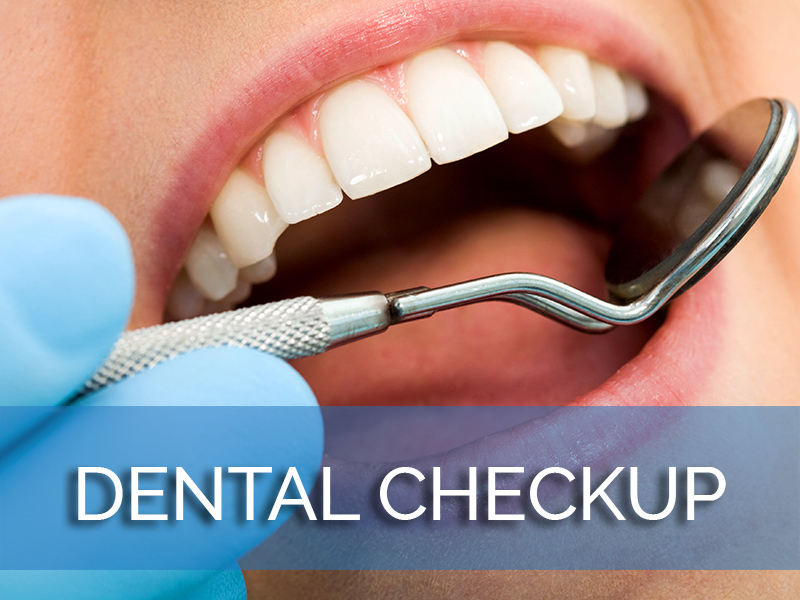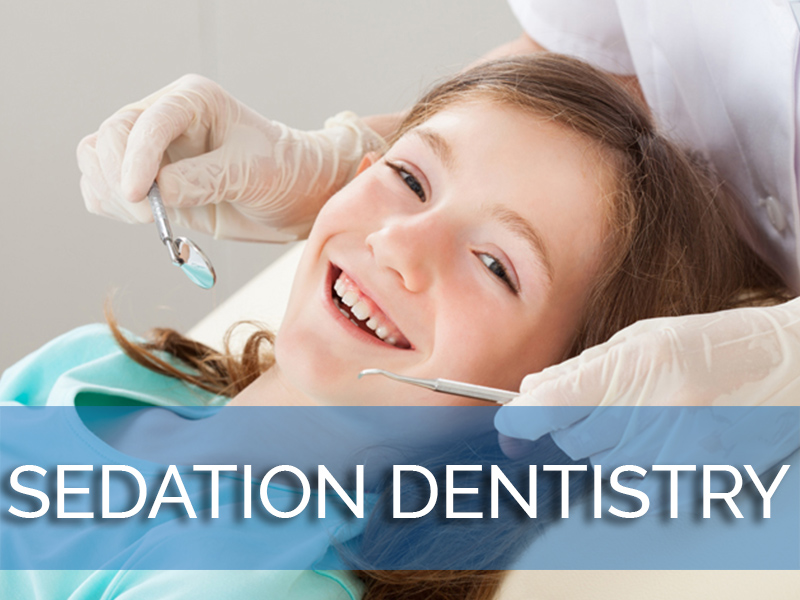Many people are frightened by the thought of dental work. For the most part, this is due to mishandling in the past or stories told by others about painful treatments. However, dental work need be neither frightening or painful. Techniques exist to allow dentists to treat patients with a minimum of pain in a relaxed, calm atmosphere.
The American Dental Association (ADA) considers pain management to be one of the most important aspects of dental practice. The ADA advocates the management of physical, chemical, and psychological areas of pain management to achieve the most stress-free and effective outcomes.
To this end, sedation dentistry is one technique that can be used to give patients a pain-free and relaxing dental experience. This term refers to the use of anesthetic drugs to either completely sedate or to “consciously sedate” a patient during certain treatments.

While the ADA advocates the use of sedation dentistry, increasing regulatory efforts by various groups make it harder for the average dentist to practice sedation techniques. In many states, it pays to seek a specialist when considering dental surgery, in order to have the most sedation options.
Conscious sedation is the method most often used for oral surgery. During conscious sedation, a patient remains awake and able to respond to commands, although very relaxed and free from pain.
There are several methods of conscious sedation dentistry, but three are the most commonly used. First, IV sedation involves the use of intravenous drugs which are controlled by the dentist. This method offers the most control, as the dentist can vary the amount of drug given very quickly and easily.
Oral conscious sedation, the type of treatment most commonly referred to as “sedation dentistry,” is achieved by swallowing a pill. Many patients fall asleep during these treatments, but some are awake throughout the procedure. This type of treatment is more difficult to individualize for the patient, but results are usually very good.
Finally, inhalation methods, utilizing nitrous oxide or some other type of gas, are often used for minor oral surgery. This is the oldest form of sedation techniques, and is very popular with many dentists.
As with any drug-based treatment, sedation techniques should only be administered by those who are properly trained and licensed to carry them out. They can offer a very relaxing and painless experience for the patient under the right circumstances and with careful control.
OUR SERVICES
Insurance Policy
Some of the major insurances we accept are displayed to the right, however, we gladly accept ALL PPO Insurance plans and are a Delta Dental Premier provider.
We will gladly help you to understand whether your insurance has limits on the doctors you can see or the services you can receive. If you provide complete and accurate information about your insurance, we will submit claims to your insurance carrier and receive payments for services.
Depending on your insurance coverage, you may be responsible for co-payments, co-insurance, or other deductible amounts. Please contact our office or call your insurance carrier should you have any questions.


YourLocalDentist.com
(800) 838-6316
8539 Sunset Blvd, Ste 16, Los Angeles, CA 90069
18399 Ventura Blvd #251, Tarzana, CA 91356
11126 Chandler Blvd. North Hollywood, CA 91601
6200 Wilshire Blvd #1508, Los Angeles, CA 90048
16500 Ventura Blvd., Suite 150 Encino, CA 91436
9535 Reseda Blvd, Suite 203, Northridge, CA 91324
361 E. Thousand Oaks Blvd. Thousand Oaks, CA 91360
4975 Whittier Blvd. Los Angeles, CA 90022
11233 Valley Blvd El Monte, CA 91731
17311 Yukon Ave Torrance, CA 90504
17742 Beach Blvd Suite 350 Huntington Beach, CA 92647
925 E. San Antonio Drive, Suite 15 Long Beach, CA 90807



